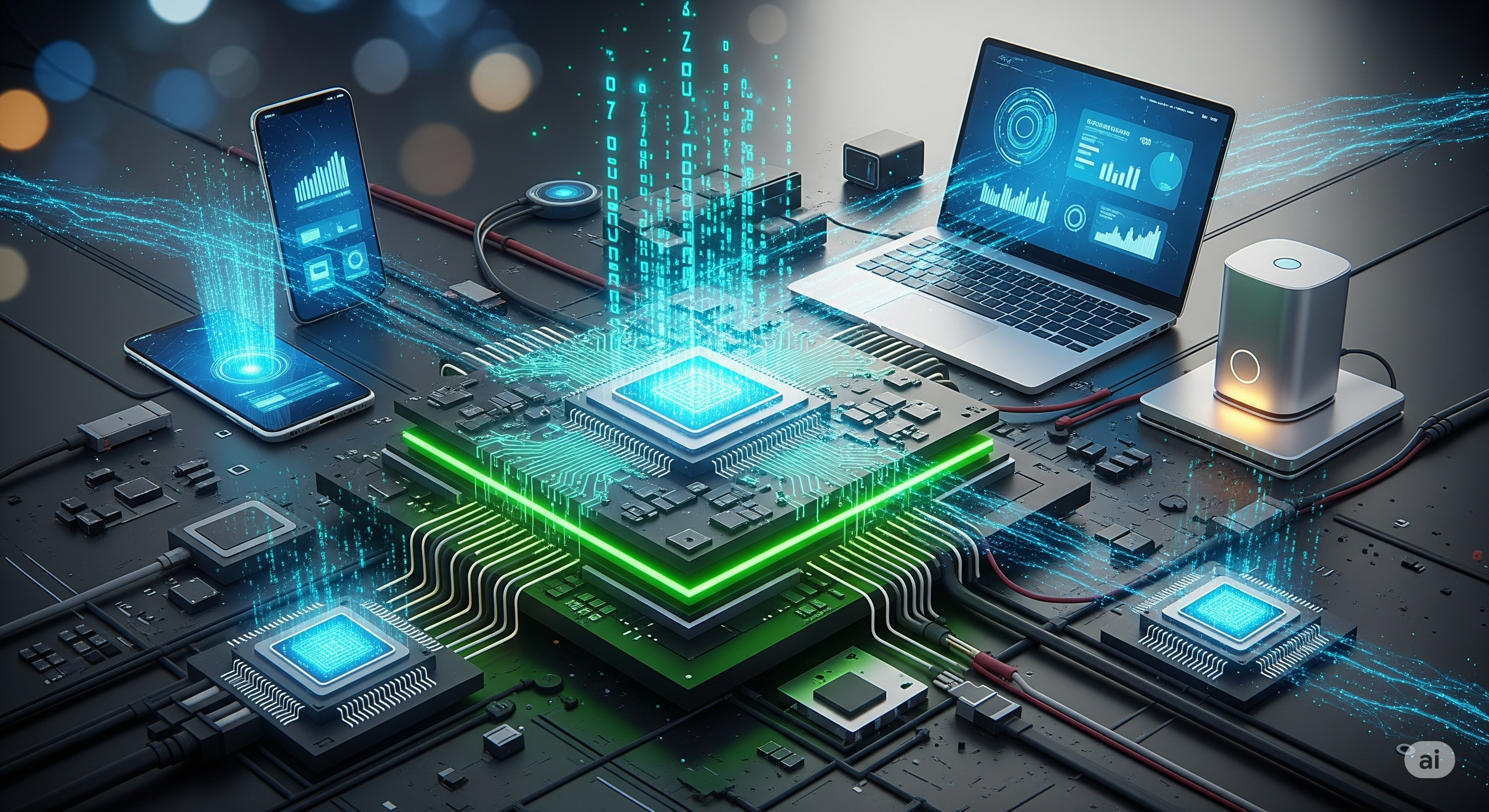Beyond Delivery: The Expanding Horizons of Commercial Drone Use
While Amazon and other companies continue to refine drone delivery systems, focusing on efficiency and range, the true power of drones lies far beyond mere package transport. This year has seen a significant increase in the adoption of drones for:
Precision Agriculture: Farming Gets a High-Tech Upgrade
Drones equipped with advanced sensors are revolutionizing agriculture. They can now perform detailed crop analysis, identifying areas needing irrigation, fertilization, or pest control with pinpoint accuracy. This targeted approach reduces waste, optimizes yields, and minimizes environmental impact. New developments in AI-powered image analysis further enhance this precision, allowing farmers to make data-driven decisions in real-time.
Infrastructure Inspection: Safer, Faster, and More Efficient
Inspecting bridges, power lines, and other critical infrastructure is often dangerous and time-consuming. Drones, however, provide a safe and efficient alternative. Equipped with high-resolution cameras and thermal imaging capabilities, they can identify structural defects, corrosion, or potential hazards, allowing for timely repairs and preventing costly accidents. The ability to access hard-to-reach areas significantly improves the speed and thoroughness of inspections.
Search and Rescue: A Lifesaver in Emergency Situations
Drones are proving invaluable in search and rescue operations. Their aerial perspective allows rescuers to quickly survey vast areas, locate missing persons or survivors, and deliver essential supplies to remote or inaccessible locations. Technological advancements in flight time and sensor capabilities are constantly expanding their effectiveness in emergency response scenarios. The integration of thermal cameras allows for effective nighttime search operations, significantly increasing the chances of a successful rescue.
The Technological Leap: Key Advancements in Drone Technology
Beyond the application expansion, significant strides are being made in the underlying drone technology itself:
Extended Flight Time: Powering Longer Missions
One of the major limitations of drones has historically been their limited flight time. However, advancements in battery technology and more efficient motor designs are dramatically extending the time drones can remain airborne. This allows for longer missions, greater coverage, and more effective data collection, particularly crucial for applications like surveying large areas or conducting extended infrastructure inspections.
Enhanced Autonomy: The Rise of AI-Powered Flight
AI is becoming increasingly central to drone operation. Autonomous flight capabilities are improving rapidly, allowing drones to navigate complex environments, avoid obstacles, and even make decisions based on real-time data. This level of automation is vital for expanding the range of tasks drones can perform safely and efficiently, particularly in challenging or hazardous conditions.
Swarm Technology: Coordinating Multiple Drones for Complex Tasks
Swarm technology, which involves coordinating multiple drones to work together as a single unit, is making rapid progress. This collaborative approach enables drones to undertake complex tasks that would be impossible for a single drone to achieve, such as large-scale mapping, coordinated search and rescue operations, and even collaborative construction projects.
The Future of Drones: What Lies Ahead?
The future of drone technology is incredibly exciting. As advancements continue, we can expect even greater autonomy, longer flight times, enhanced sensor capabilities, and even more innovative applications. We might see drones playing increasingly significant roles in:
* Delivery of essential medical supplies: Expanding access to healthcare in remote areas.
* Environmental monitoring: Tracking deforestation, pollution levels, and wildlife populations.
* Urban air mobility: Revolutionizing personal transportation.
However, alongside the excitement comes the need for responsible development and regulation. Issues such as privacy concerns, airspace management, and potential misuse must be addressed to ensure the safe and ethical integration of drones into our society.
Join the Conversation!
What are your thoughts on the future of drone technology? What applications excite you the most? Share your predictions and insights in the comments below! Let's discuss the exciting possibilities and challenges that lie ahead for this revolutionary technology. Don't forget to share this article with your network to spread the word about the incredible advancements in the world of drones!

